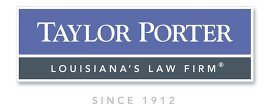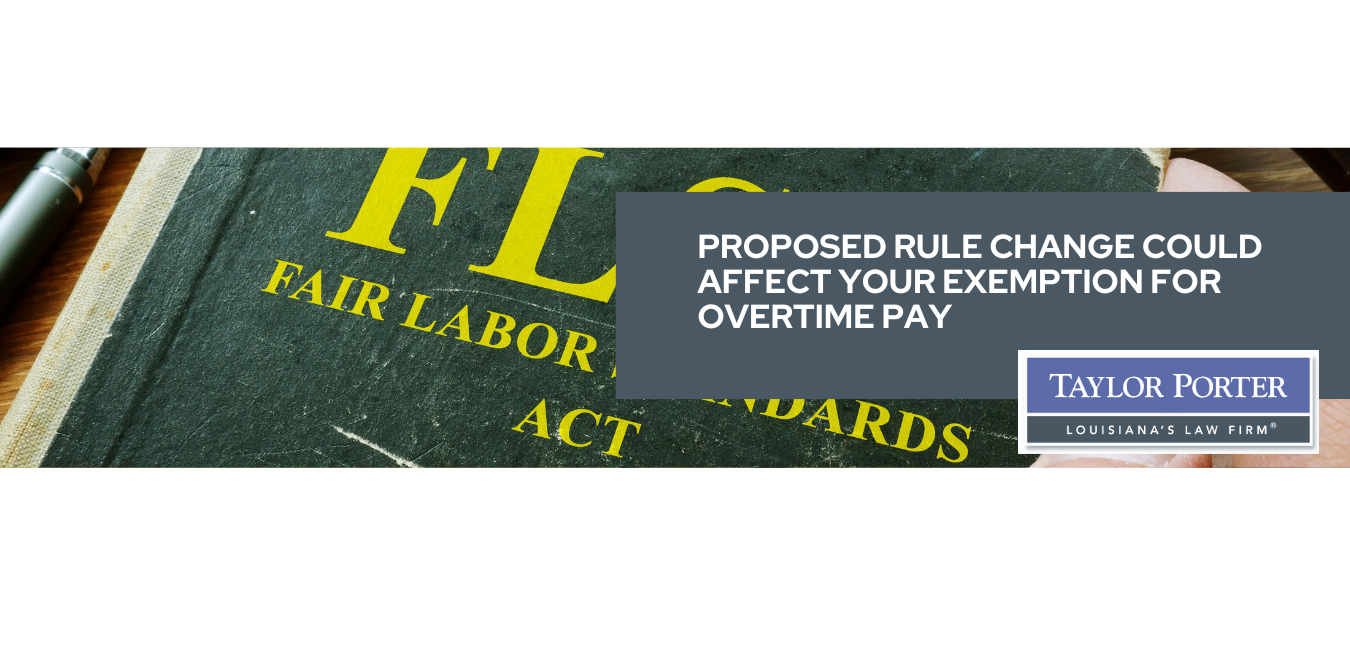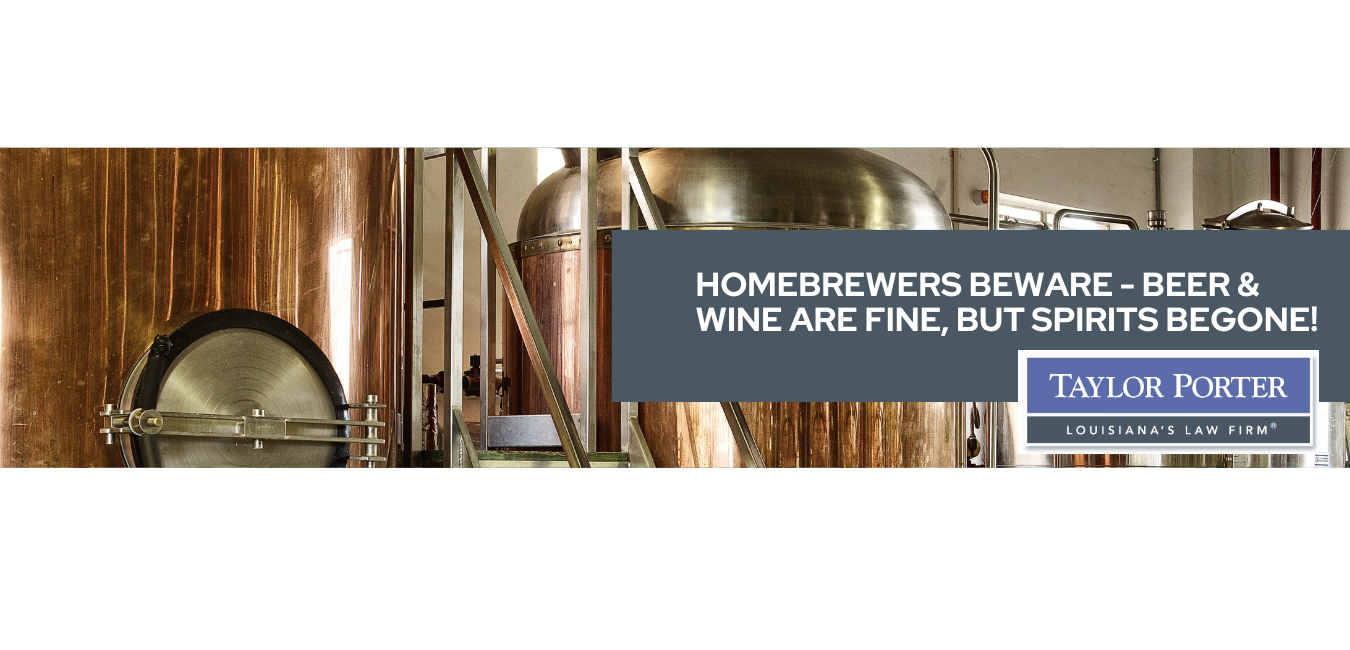The Legal Trigger – Likelihood of Confusion
By Marc Whitfield
Partner, Taylor Porter
marc.whitfield@taylorporter.com
 “Likelihood of confusion” is a legal phrase and legal standard that is used both for determining whether a trademark is eligible for registration and whether a trademark infringes another trademark. In simplest terms, the Trademark Office will refuse registration of a trademark application if the trademark examiner finds that the applicant’s trademark is confusingly similar to a trademark that has already been registered with the Trademark Office. In fact, this is the most common reason for denial of a trademark application.
“Likelihood of confusion” is a legal phrase and legal standard that is used both for determining whether a trademark is eligible for registration and whether a trademark infringes another trademark. In simplest terms, the Trademark Office will refuse registration of a trademark application if the trademark examiner finds that the applicant’s trademark is confusingly similar to a trademark that has already been registered with the Trademark Office. In fact, this is the most common reason for denial of a trademark application.
In a trademark infringement case, the issue of liability also turns upon the issue of whether the “likelihood of confusion” exists between the marks in dispute. If so, the trademark owner that qualifies as the “senior user” or first user of the similar marks will generally prevail over the “junior user” of a trademark that is confusingly similar to the senior user’s trademark.
There is no object or mechanical test for determining likelihood of confusion. Instead, the Trademark Office and the courts apply a series of factors to decide whether a likelihood of confusion exists between similar trademarks. The applicable factors are commonly known as the “DuPont Factors” and they consist of the following thirteen (13) elements: drawn from a 1973 ruling cited as In re E.I. DuPont DeNemours & Co., 476 F.2d 1357, 1361 (CCPA 1973), which establish the issues that a court should consider for determining whether there is a likelihood of confusion between trademarks:
(1) The similarity or dissimilarity of the marks in their entireties as to appearance, sound, connotation and commercial impression;
(2) The similarity or dissimilarity and nature of the goods or services as described in an application or registration or in connection with which a prior mark is in use;
(3) The similarity or dissimilarity of established, likely-to-continue trade channels;
(4) The conditions under which and buyers are considered sophisticated purchasers, as opposed to “impulse” purchases;
(5) The fame of the prior existing mark (sales, advertising, length of use);
(6) The number and nature of similar marks in use on similar goods;
(7) The nature and extent of any actual confusion;
(8) The length of time during and conditions under which there has been concurrent use without evidence of actual confusion;
(9) The variety of goods on which a mark is or is not used (is it part of a house mark or “family” mark);
(10) The market interface between applicant and the owner of a prior mark;
(11) The extent to which applicant has a right to exclude others from use of its mark on its goods;
(12) The extent of potential confusion, i.e., whether minimal or substantial; and
(13) Any other established fact probative of the effect of use.
This website is for general information purposes only. Information posted is not intended to be legal advice. For more information, please see our Disclaimer message.
See how we can help. Contact us today
8th Floor • 450 Laurel Street • Baton Rouge, LA 70801 • 225-387-3221
- Disclaimer
- © Taylor, Porter, Brooks & Phillips L.L.P. All rights reserved.






